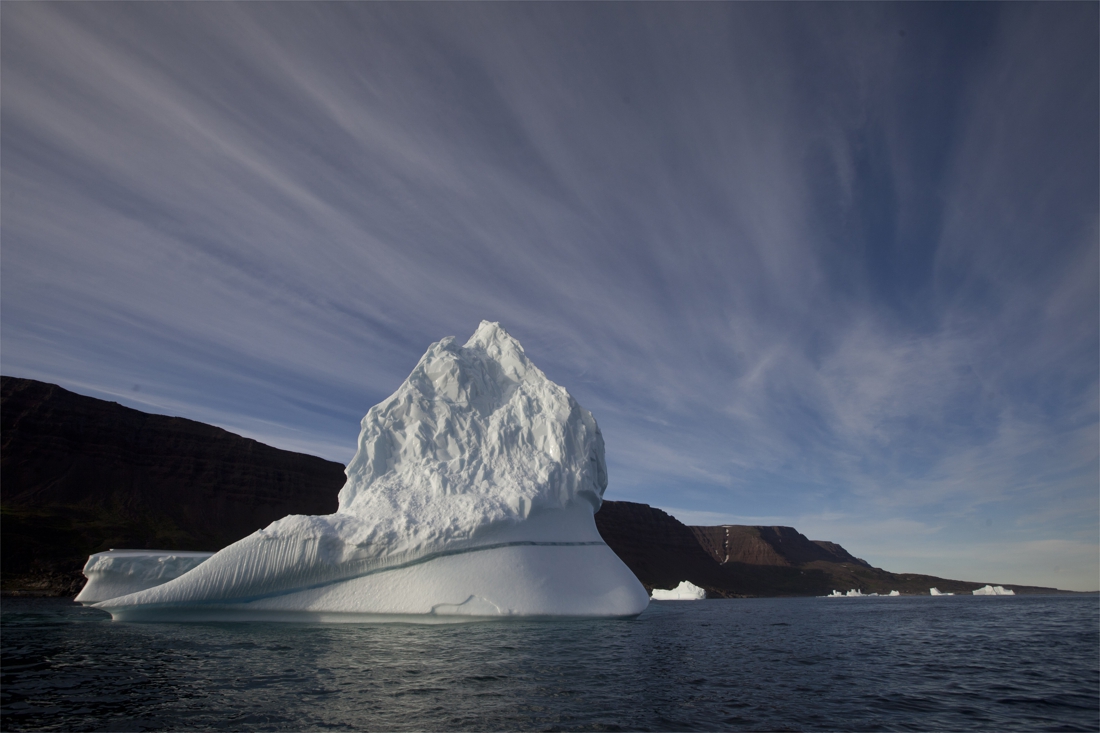It should have been floating at sea for years, but a time capsule that predicts the melting of the ice sheets was soon found.
–
For a moment they feared that the tube was a bomb. But there was an inscription on the thing Sophie Curran and Conor McClory found at Bloody Foreland, a surfing beach in Donegal in the north of Ireland. They knew someone who could read Russian: it turned out to be a time capsule.
The capsule was filled with letters, photos, itinerary maps, menus, and other paraphernalia such as coasters and corks. Some of the content referred to a polar expedition in the 1990s involving the 50-year Victory icebreaker, a 150-meter Russian nuclear-powered ship capable of breaking 2.5 meters of ice with its 74,000 horsepower.
Most of the letters were in Russian, two letters were in English. And one of the authors had added some contact information: a Russian from St. Petersburg that Curran and McClory found on Instagram under the name Sveta.
Sveta was ‘shocked’ when Curran and McClory approached her, they told the Irish Post. The capsule was found to be filled in 2018, on a tourist polar expedition with the same ship. Near the northernmost part of the earth, at 90 degrees latitude, the expedition members left the capsule in the ice.
It’s a message that makes you laugh at first and then cry. In one of the English lettersdated August 4, 2018, it reads: ‘Everything is covered with ice here. We think that by the time this letter is found there will unfortunately be no more ice in the North Pole.
That means the ice has melted and the capsule has traveled 4,000 kilometers towards us in Donegal in less than two years. That’s terrifying, ”says Curran. Curran is especially concerned about global warming after her discovery. They heard from Sveta that the expedition members had expected that it would take 30 to 50 years for the capsule to be found.
The Arctic is indeed warming faster than expected years ago, more than two to three times as fast as the global average, the Arctic Monitoring and Assessment Program (Amap) concluded last year.
Curran and McClory hope the capsule’s contents end up in a museum. “But we keep the coasters as a souvenir.”
– .

